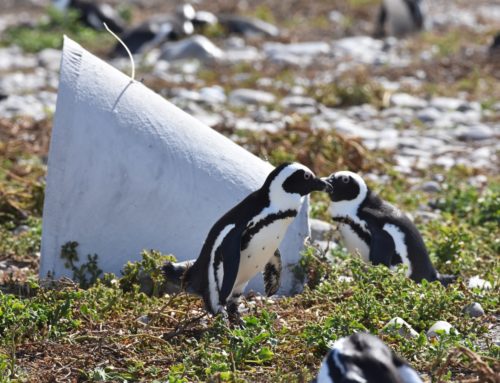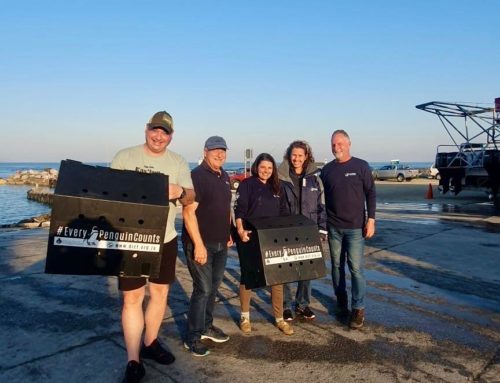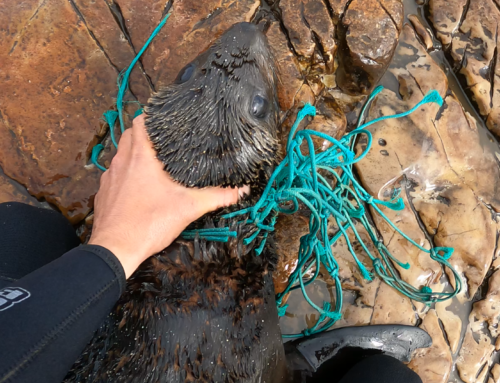It is being reported that nurdles are washing up along the coastline so please keep a look out. Should you find any, please separate from other waste and place in a separate bag or container with details of where found and drop off at the Dyer Island Conservation Trust office at the Great White House, or at our key project, the African Penguin and Seabird Sanctuary. Whilst the penguin sanctuary is closed during the week, the container/bag of nurdles can be left next to our wire whale at the entrance and the team will check twice daily.
This will assist with the tracking of the impact that spills of nurdles have, and will ensure they are sent to a central depot for use. Unless in large bulk there is nothing that can be done with these nurdles.
What is a nurdle?
It is a small plastic pellet that serves as raw material in the making of plastic products.
How best to collect them?
As they are very small, the use of a sieve or net is the best way to sift them out the sand. These nurdles can then be separated into a bucket or other container. Nurdles float so you can also rinse off using a bucket of water and then scoop them up.
Why is this important?
Nurdles are harmful to marine animals who may ingest them causing blockages, starvation and death. Nurdles also become toxic as they accumulate other pollutants such as pesticides that have run off into the ocean.
How far do they travel?
In 2017, a storm in Durban-Kwazulu Natal, South Africa, caused a container full of bags of nurdles to break into the ocean – 25 tons worth. Within months we documented them in Gansbaai. In 2018 these nurdles were reported washing up on the coast of Western Australia – they were tracked back to Durban because of their unique chemical signature. Nurdles are an international disaster.
Any enquiries: Contact DICT on 0829075607








